#skin inflammation
Text
Enhance Your Facial Quality By Using An Ice Roller
In today's fast-paced world, our skin faces challenges like stress, pollution, and hectic lifestyles, leading to issues like dullness, puffiness, and premature aging. The INOVERA Ice Roller is a handheld cooling therapy device designed to address these sk
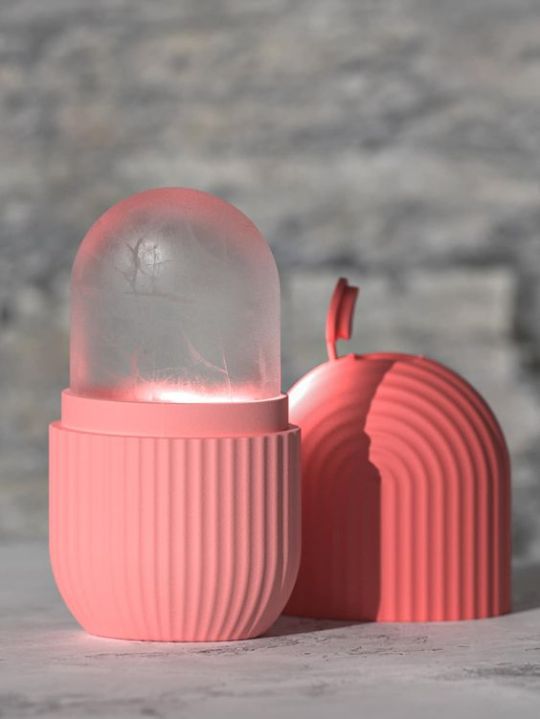
View On WordPress
#amazon#amazon products#Cooling sensation#facial aesthetic#facial improvement#Facial massage#Facial quality#health#Home spa experience#ice#ice roller#Ice roller benefits#Ice therapy#INOVERA Ice Roller#looks#Product absorption#Puffiness reduction#recovery#roller#Skin circulation#Skin inflammation#Skincare routine#Skincare tool#Soothing skin irritation
0 notes
Text
PURE BALSAM TOLU ESSENTIAL OIL
It contains antiseptic properties that remove dust and irritation from the scalp while also reducing dandruff. It also nourishes the scalp deeply to relieve dryness. It can be combined with a carrier oil and rubbed into the scalp. It contains anti-bacterial qualities that aid in the treatment of skin infections, allergies, open wounds, and rashes. Toxins and bacteria are removed, and wounds heal faster. Its anti-bacterial and anti-microbial properties aid in the treatment of infections. Organic Balsam Tolu Essential Oil also aids in the treatment of inflammation and may assist in lessening allergies. It has been used to treat muscular aches, cramps, and redness, and its anti-inflammatory characteristics help to relieve stress in the afflicted region. It can be used topically to relieve joint pain and muscular spasms. It also lowers edema and inflammation on the skin.
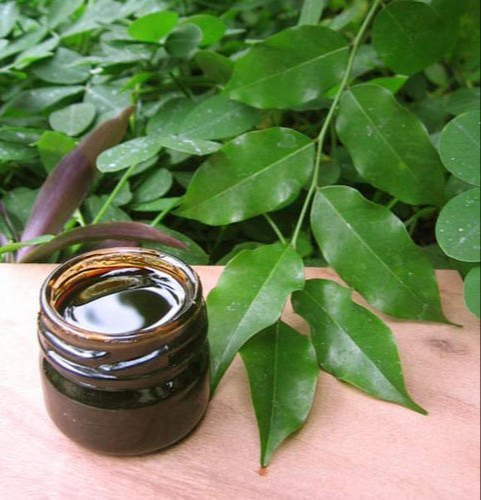
#essential oils#usda certified#anti bacterial#antioxidants#skin inflammation#inflammed skin#reduce stress
0 notes
Text
Selenium: The Power of Mineral for Immune Boost and Skin Health
Selenium is an essential nutrient for those who seek both health and beauty. Known for its benefits in immune boosting and skin health, selenium plays a crucial role as a mineral. In this blog post, we will delve into the definition of selenium, its key effects, usage methods, potential side effects, and the recommended daily intake. Additionally, we will provide information on how selenium…

View On WordPress
0 notes
Text
#Acne breakouts#Acne treatment#Adult acne#Cystic acne#Hormonal Acne#Hormonal fluctuations#Hormonal imbalance#Hormone-related acne#Sebum production#Skin inflammation
0 notes
Text
Cosmetics and skin priming products residue, deep-seated pore-clogging debris, dead skin cells, and recurring skin inflammation are some of the reasons why people should look into detoxifying their skin. Removing make-up and residue from the skin's surface helps to clear the pores and prevent blemishes. But daily washing your face is not enough to detoxify the skin.
0 notes
Text
I just look down all the time to suddenly see a crime scene
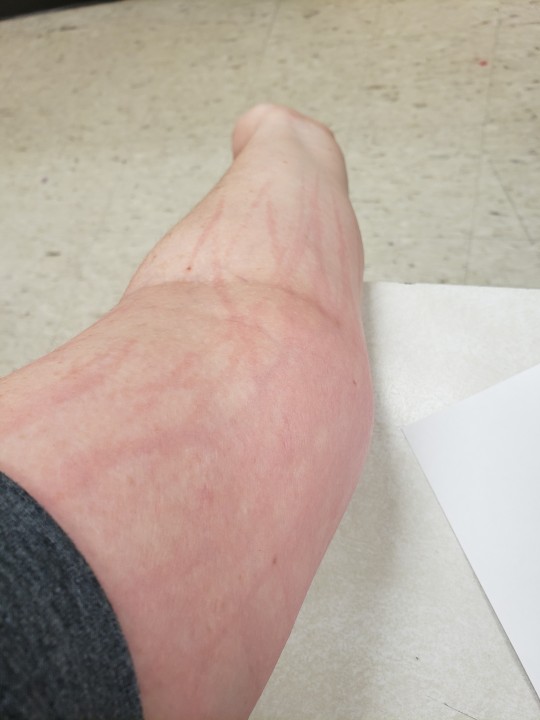
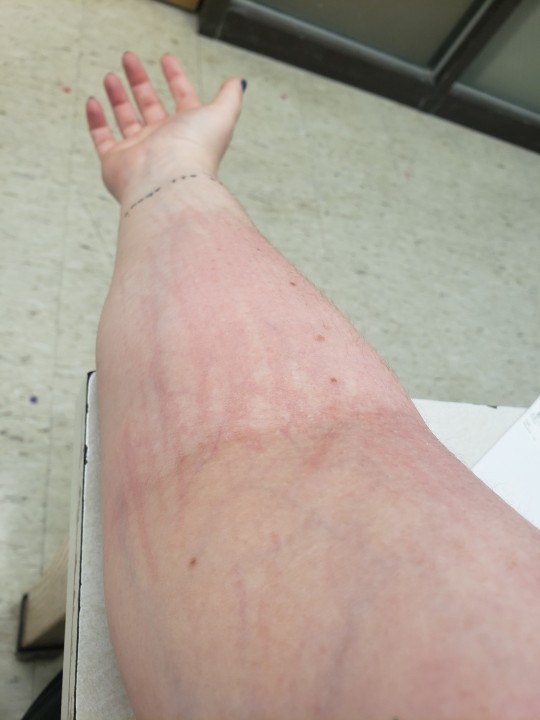
No this doesn't hurt, this is just my skin's reaction to lightly itching my arm, hence the not noticing it till I looked down
6 notes
·
View notes
Text
Live, Laugh, Leprosy
#I don't know why this popped into my brain today but here you go#despite all of the stories about the people with leprosy in the bible I sat thru in youth ministry#I still don't actually know what leprosy is#I know it's a skin condition but that's about it#anyways every thursday I go to therapy and resist falling deeper into my savior complex#Update: It's now called Hansen's Disease and it's very rare now#it's an airborne bacterial infection that causes inflammation and#rashes and stuff like that#it also affects the nervous system and can lead to permanent nerve damage#ex christian#religious trauma
35 notes
·
View notes
Text

i always rotate how silva isn't actually . like . a hybrid .
she's an yveltal. that's it, plain and simple. genetically by the halfway point of her journey(a year in) she's basically entirely yveltal, the cells are just dormant...waiting to be awakened. that "awakening" often happens when she gets injured. she gets hurt and the cells suddenly shift--they wake up. certain stimuli can also wake the cells up, such as the crater's influence can very quickly cause silva's body to shift the deeper she goes.
once all of silva's cells finally wake up, like a cicada, she would shed her skin and all that would be left would be the yveltal clone.
#study.#verse. pokemon.#this is actually loosely based on the heterotopic ossification(?) where an injury/inflammation can suddenly cause bone growth.#tw body horror#yes she'd literally shed her skin like a snake
4 notes
·
View notes
Text
The Unseen Scars: Understanding the Link Between Acne and Depression
Photo by Pixabay on Pexels.com
In the tapestry of human experiences, our skin often acts as the canvas displaying not just our battles with various conditions but also our emotional and psychological struggles. Among these, acne stands out—not merely as a common skin ailment but as a significant contributor to emotional distress and, in many cases, depression. The journey through acne is fraught…

View On WordPress
#acceptance#acne#anxiety#beauty#blackheads#depression#glow#health#inflammation#lifestyle#millennial#pimples#scars#self-care#skin-care#skincare#stigma#wellness#women supporting women
3 notes
·
View notes
Text
Screenshot of my medical problems

This is basically what's wrong with me
#the last one is 'baroque: distorted delusions' again#medical cw#depressing cw#skin infection + guts infecti#on + malnutrition + inflammation#+ the bottom cropped out
7 notes
·
View notes
Text
You know i was SO excited for all the sunshine last week because my skin tanned a bit so i FINALLY looked healthy again and now its going to be 10 days of rain and clouds..... Fawk off
#AND MY LIPS ARE INFLAMMATED AGAIN FUCKKK!#like olive skin as in genuinely having a green undertone is NAWT a joke#sham!s rambles
2 notes
·
View notes
Text
PURE CITRIODORA ESSENTIAL OIL
Since ancient times, Organic Citriodora Essential Oil has been used to reduce the symptoms of skin disorders such as inflammation, redness, dermatitis, and burns, as well as to promote better and faster healing. Its anti-inflammatory properties soothe the damaged region. It naturally moisturizes the scalp and tightens the hair from the roots. It eliminates dandruff and lice, reducing hair loss and cleansing the scalp. It is a natural pesticide that also repels mosquitoes. A few drops of this organic essence on the pillow and bedsheets can get rid of not only insects but also germs and microbes that are invisible to the human eye. It naturally moisturizes the scalp and tightens the hair from the roots. It prevents dandruff and lice by reducing dandruff and lice.
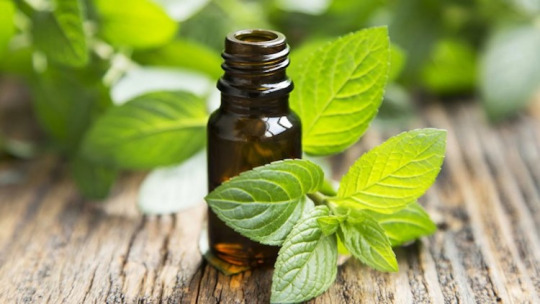
0 notes
Text
does anyone else with chronic pain/fibromyalgia (or whatever the stupid new name is for it that they wont take seriously either) have any idea on how to alleviate leg pain? or even just discomfort?
#fibromyalgia#chronic pain#disabled#the heating pad is all i have and it doesnt do shit#and right now i guess its not even pain so much as pressure and discomfort under my skin#but it makes my want to go full Hellraiser and take off my flesh#im not on medication either i cant afford it and it probably wont work for me so i dont have anything to take#and stuff like Tylenol only make inflammation and stomach problems worse#so like .if anyone has any idea my brain is very foggy and about to clock out for the night#i cant focus#i need help badly
60 notes
·
View notes
Text
FYI uh well I didn’t have any sleep for 3 days : sun, Mon and Tuesday #lol
2 notes
·
View notes
Text

What You Need to Know About Skin Care After Sun Exposure
Sun exposure can have both positive and negative effects on your skin. On one hand, it can provide vitamin D, boost your mood, and enhance your appearance. On the other hand, it can also cause sunburn, premature aging, and skin cancer. Therefore, it is important to know how to protect your skin from the sun and how to take care of it after sun exposure.
How to Protect Your Skin from the Sun
The best way to protect your skin from the sun is to avoid excessive sun exposure, especially between 10 a.m. and 4 p.m., when the sun's rays are the strongest. However, if you have to go outside during these hours, you should follow these tips:
- Wear sunscreen with at least SPF 30 and broad-spectrum protection, which can block both UVA and UVB rays. UVA rays can penetrate deeper into the skin and cause wrinkles, sagging, and dark spots. UVB rays can damage the surface of the skin and cause sunburn and skin cancer. You should apply sunscreen 15 to 30 minutes before going outside and reapply every two hours or after sweating or swimming.
- Wear protective clothing, such as long-sleeved shirts, pants, hats, and sunglasses. You can also look for clothes with UPF (ultraviolet protection factor), which can indicate how much UV radiation can pass through the fabric. The higher the UPF, the better the protection. For example, a shirt with UPF 50 can block 98% of UV rays.
- Seek shade whenever possible, such as under trees, umbrellas, or awnings. However, keep in mind that shade does not provide complete protection, as UV rays can still reflect from the ground, water, or sand. Therefore, you should still wear sunscreen and clothing even if you are in the shade.
- Avoid artificial tanning, such as tanning beds, lamps, or booths. These devices can emit UV rays that are even more intense than the sun and can increase your risk of skin cancer and aging. If you want to have a tan, you can opt for safer alternatives, such as self-tanning products or spray tans.
How to Take Care of Your Skin After Sun Exposure
Even if you follow the above tips, you may still experience some degree of sun damage after being outside. This is because the sun can affect your skin in various ways, such as:
- Dehydrating your skin, which can make it dry, flaky, and tight. This can also impair your skin's barrier function, which can make it more vulnerable to infections and irritants.
- Inflaming your skin, which can cause redness, swelling, pain, and itching. This can also trigger the production of free radicals, which are unstable molecules that can damage your skin cells and DNA.
- Pigmenting your skin, which can cause tanning, freckles, or dark spots. This is a result of your skin producing more melanin, which is a pigment that can protect your skin from further sun damage. However, too much melanin can also cause uneven skin tone and hyperpigmentation.
- Aging your skin, which can cause wrinkles, sagging, and loss of elasticity. This is a result of your skin breaking down collagen and elastin, which are the proteins that give your skin its structure and firmness.
To minimize these effects and help your skin recover after sun exposure, you should follow these tips:
- Wash your skin gently with a mild cleanser and lukewarm water. This can help remove any dirt, sweat, or sunscreen residue from your skin and prevent clogged pores and breakouts. Avoid using harsh soaps, scrubs, or hot water, as they can irritate your skin and strip away its natural oils.
- Moisturize your skin generously with a hydrating lotion or cream. This can help replenish the moisture that your skin lost from the sun and restore its barrier function. Look for moisturizers that contain soothing and healing ingredients, such as aloe vera, chamomile, oatmeal, or green tea. Avoid moisturizers that contain alcohol, fragrance, or retinoids, as they can dry out or sensitize your skin.
- Cool your skin with a cold compress, ice pack, or damp cloth. This can help reduce the inflammation, pain, and itching that your skin may experience after sun exposure. You can also use products that contain cooling and anti-inflammatory ingredients, such as menthol, cucumber, or calamine. Avoid applying ice directly to your skin, as it can cause frostbite or damage your blood vessels.
- Treat your skin with products that can repair the sun damage and prevent further harm. For example, you can use products that contain antioxidants, such as vitamin C, vitamin E, or niacinamide, which can neutralize the free radicals and brighten your skin tone. You can also use products that contain ingredients that can stimulate collagen and elastin production, such as peptides, growth factors, or retinol. However, be careful with using products that can make your skin more sensitive to the sun, such as alpha hydroxy acids, beta hydroxy acids, or benzoyl peroxide. You should use them at night and always wear sunscreen during the day.
- Hydrate your body internally by drinking plenty of water and fluids. This can help replenish the water that your body lost from sweating and prevent dehydration, which can affect your skin and overall health. You can also eat foods that are rich in water, such as fruits, vegetables, soups, or smoothies. Avoid drinking alcohol, caffeine, or sugary drinks, as they can dehydrate your body and worsen your skin condition.
Conclusion
Sun exposure can have both positive and negative effects on your skin, depending on how much and how often you expose yourself to it. To protect your skin from the sun and take care of it after sun exposure, you should follow the tips mentioned above and consult your dermatologist if you have any concerns or questions. By doing so, you can enjoy the benefits of the sun while minimizing its risks and keeping your skin healthy and beautiful.
#sun exposure#skin care#sun protection#sunburn#hydration#inflammation#pigmentation#aging#antioxidants#collagen#elastin
2 notes
·
View notes
Photo

Housekeeping Benefits
Mitochondria, seen in these human skin cells as turquoise dots, are microscopic power plants creating the molecular energy required for cellular functions. There are many mitochondria within a cell and many cells within a tissue allowing some damage and dysfunction to be tolerated. Nevertheless, detection systems exist to keep a check on mitochondrial damage and one such system is a protein called NLRP10. In response to mitochondrial damage, NLRP10 directs formation of an inflammasome (red colour) – a complex of proteins that drive production of inflammatory molecules to recruit immune cells to dispose of the dysfunctional cell. Interestingly, though the process involves inflammasomes and immune cells, the rapid elimination of damaged cells in this way seems to prevent more serious tissue inflammation. Indeed, people with NLRP10 mutations can develop a persistent skin inflammation called atopic dermatitis. Much like our homes, then, our bodies seem to benefit from timely trash removal too.
Written by Ruth Williams
Image by Kim S. Robinson, Skin Research Institute of Singapore (SRIS), Singapore
Research by Tomasz Próchnicki et al, Institute of Innate Immunity, Medical Faculty, University of Bonn, Bonn, Germany
Image copyright held by the original authors
Research published in Nature Immunology, March 2023
You can also follow BPoD on Instagram, Twitter and Facebook
#science#biomedicine#mitochondria#cells#immunofluorescence#inflammasome#atopic dermatitis#skin cells#skin#inflammation
6 notes
·
View notes